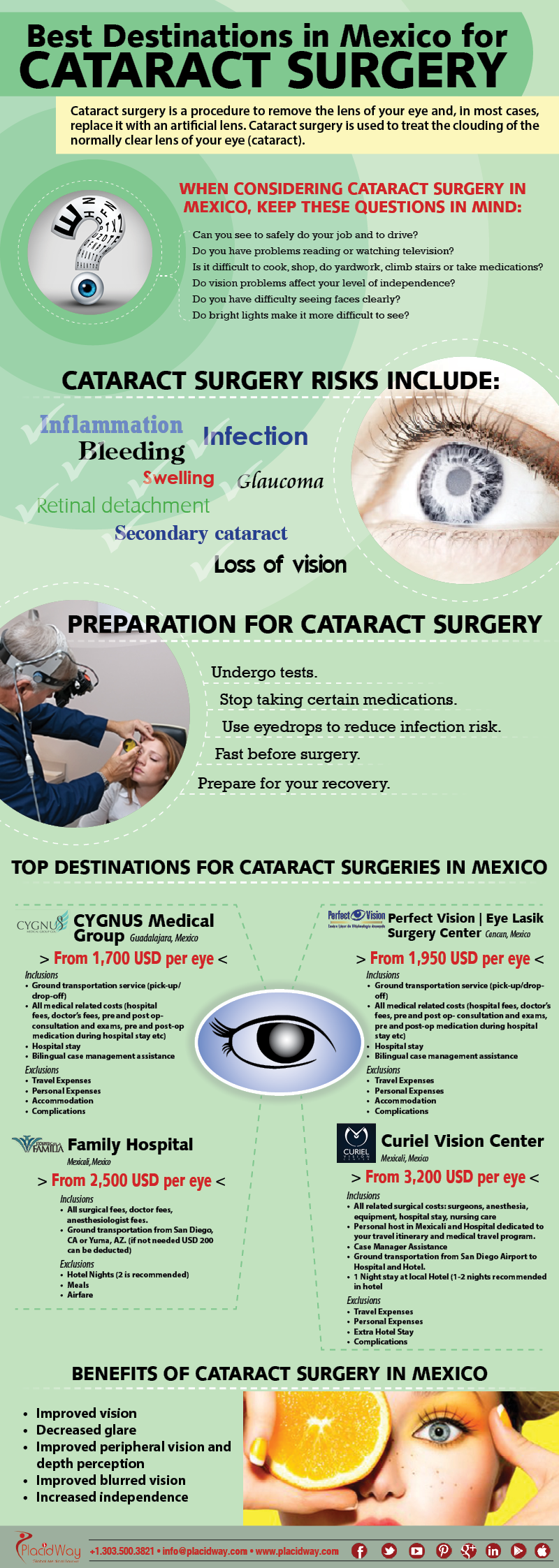Fascinated In Learning About The Distinctions Between SMILE, LASIK, And PRK Eye Treatments?
Fascinated In Learning About The Distinctions Between SMILE, LASIK, And PRK Eye Treatments?
Blog Article
Produced By-Fischer Michelsen
If you've been taking into consideration SMILE eye surgery, you may ask yourself just how it stacks up against LASIK and PRK. Each procedure has its very own collection of advantages and considerations. From quicker recuperation times to prospective threats, there are essential distinctions you need to know before deciding. Recognizing these distinctions will aid you make an enlightened selection that aligns with your specific demands and expectations. Curious to know even more about how these treatments compare thoroughly? Go on discovering to get a comprehensive understanding of SMILE, LASIK, and PRK.
SMILE Eye Surgical Treatment Summary
If you're thinking about SMILE eye surgical procedure, you'll locate it to be a minimally invasive procedure with a quick recuperation time. Throughout SMILE (Tiny Cut Lenticule Extraction), a laser is used to create a small, accurate laceration in the cornea to eliminate a small item of cells, improving it to remedy your vision. This varies from LASIK, where a flap is created, and PRK, where the external layer of the cornea is totally eliminated.
Among the essential advantages of SMILE is its minimally intrusive nature, bring about a faster recovery procedure and less discomfort post-surgery. The recuperation time for SMILE is reasonably fast, with several clients experiencing enhanced vision within a day or 2. This makes it a preferred choice for those seeking a practical and reliable vision modification procedure. Furthermore, SMILE has been revealed to have a lower threat of dry eye disorder compared to LASIK, making it a beneficial alternative for people worried regarding this potential negative effects.
Distinctions Between SMILE, LASIK, and PRK
When comparing SMILE, LASIK, and PRK eye surgical treatments, it is necessary to understand the unique techniques used in each treatment for vision modification.
SMILE (Small Cut Lenticule Removal) is a minimally invasive treatment that includes creating a little cut to remove a lenticule from the cornea, reshaping it to deal with vision.
LASIK (Laser-Assisted Sitting Keratomileusis) includes producing a slim flap on the cornea, using a laser to reshape the underlying tissue, and after that repositioning the flap.
https://www.stgeorgeutah.com/news/archive/2021/05/10/copyright-richenseye-21-avm-considering-lasik-surgery-learn-how-richens-eye-center-can-help-make-it-affordable/ (Photorefractive Keratectomy) eliminates the outer layer of the cornea before reshaping the cells with a laser.
The main distinction depends on the way the cornea is accessed and treated. SMILE is flapless, making it an excellent alternative for people with slim corneas or those involved in call sports. LASIK offers fast aesthetic healing because of the flap production, but it may posture a higher risk of flap-related problems. PRK, although having a longer recuperation duration, avoids flap-related concerns completely.
Comprehending these variations is important in selecting one of the most appropriate treatment for your vision correction needs.
Benefits And Drawbacks Comparison
To review the benefits and disadvantages of SMILE, LASIK, and PRK eye surgical treatments, it's necessary to take into consideration the details benefits and potential restrictions of each procedure. SMILE surgery uses the advantage of a minimally invasive procedure, with a smaller laceration and possibly quicker recuperation time contrasted to LASIK and PRK. It likewise minimizes the risk of dry eye post-surgery, an usual adverse effects of LASIK. However, SMILE may have limitations in dealing with higher degrees of myopia or astigmatism compared to LASIK.
LASIK surgery offers fast aesthetic recovery and marginal discomfort during the procedure. It's highly reliable in dealing with a wide range of refractive errors, including myopia, hyperopia, and astigmatism. Yet, LASIK lugs a threat of flap issues, which can influence the corneal structure.
can rk patients have cataract surgery , while not as prominent as LASIK, avoids developing a corneal flap, reducing the danger of flap-related issues. It appropriates for people with thin corneas or uneven corneal surfaces. However, PRK has a much longer recovery time and might involve much more pain throughout the healing procedure.
Conclusion
So, when it comes to choosing between SMILE, LASIK, and PRK, consider it like selecting the best set of footwear. SMILE resembles a smooth, comfortable pair of tennis shoes - quick and simple.
LASIK is more like fashionable high heels - showy and quick, but with some possible dangers.
PRK is like tough treking boots - trusted and resilient, yet calling for a little bit more effort and time.
Eventually, the best choice depends on your private requirements and choices.
